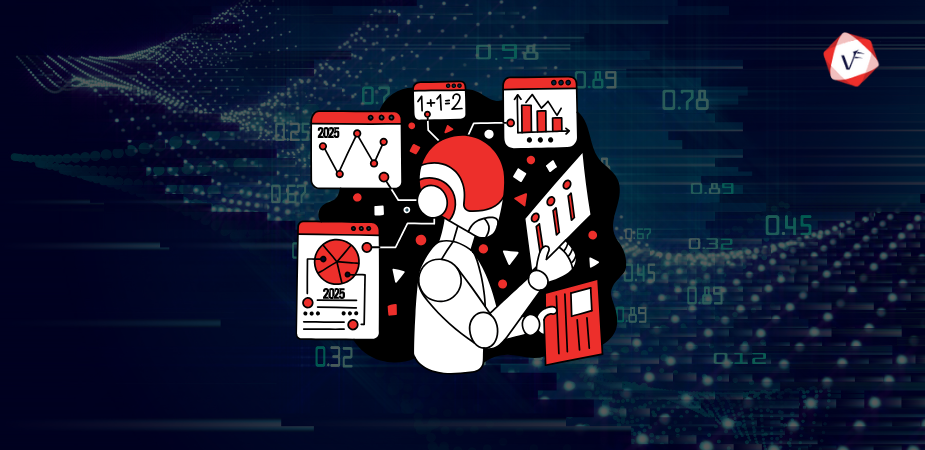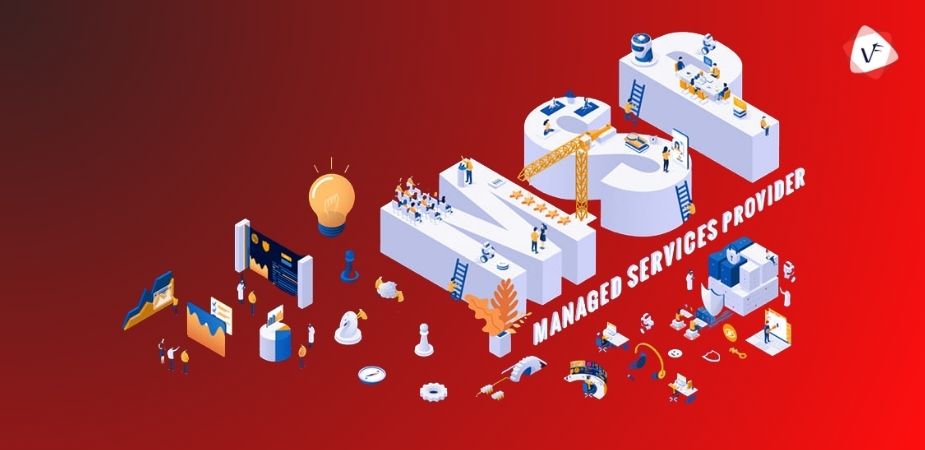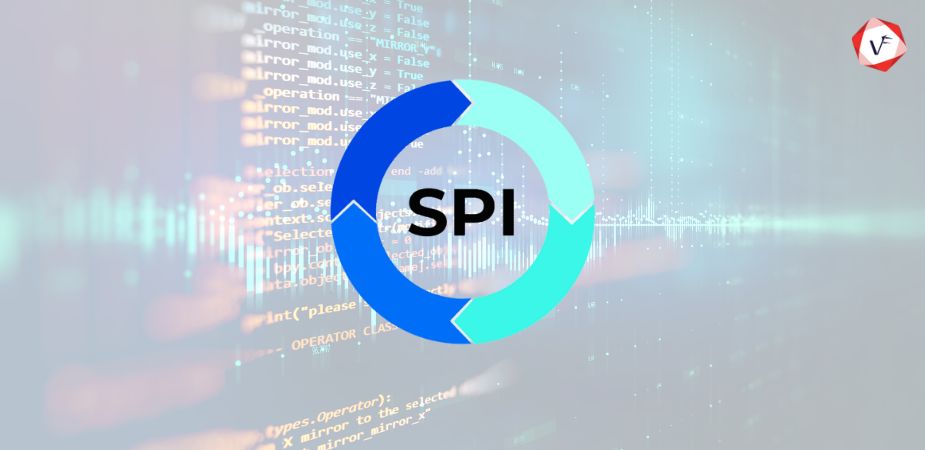Developing software is a structured process that involves several key steps, from defining the idea to delivering a finished product. Whether you’re developing a mobile app, website, or software system, the process remains largely the same. This guide provides a clear and simple overview of the steps involved in developing software.
How to Develop Software?
Step 1: Define Your Goals and Requirements
Before starting any development work, it is crucial to understand exactly what you want to build. This involves clearly defining the purpose and goals of the software. Consider the following questions:
- What problem will this software solve?
- Who is the target audience?
- What are the key features of the software?
- What platforms will the software be used on (web, mobile, or desktop)?
Once the goals are clear, gather the requirements. This involves outlining all the necessary features and technical specifications. If working with a team or clients, this is the time to collaborate and ensure that all expectations are aligned.
Step 2: Plan and Design the Software
After defining the goals and requirements, the next step is to plan how the software will be structured and how it will function.
- Software Architecture
The software architecture refers to how the different components of the software will interact with each other. For example, will the software follow a client-server model, or will it be a distributed system? The architecture will depend on the type of software being developed.
- User Interface (UI) Design
The user interface is how users will interact with the software. Designing a simple and intuitive UI is critical to the success of the software. This includes designing the layout, navigation, colors, buttons, and other visual elements. Using tools like Figma or Adobe XD can help create wireframes to visualize the interface before actual development begins.
- Database Design
If the software needs to store and manage data, designing the database is essential. This step involves determining the type of database (SQL or NoSQL), how the data will be organized, and how it will be accessed.
Step 3: Develop the Software
Once the design is finalized, development begins. In this phase, developers write the actual code to build the software. The choice of programming languages and frameworks will depend on the type of software being created. For example:
- Web Development: HTML, CSS, JavaScript, and frameworks like React, Angular, or Vue.js.
- Mobile Development: Swift for iOS or Kotlin for Android.
- Backend Development: Node.js, Ruby on Rails, Python with Django, or Java with Spring Boot.
When developing, it is important to:
- Write clean code: Make sure the code is readable, well-organized, and easy to maintain.
- Use version control: Tools like Git help track changes in the code and enable collaboration.
- Develop incrementally: Work on small chunks of functionality, and test each part as it is developed.
Step 4: Test the Software
Testing is an essential part of the software development process. It helps identify and fix bugs before the software is released. There are several types of testing:
- Unit testing: It is the process of ensuring that individual components or functionalities work as planned.
- Integration Testing: Checking how different parts of the software work together.
- System Testing: Testing the entire system to ensure everything works as intended.
- User Acceptance Testing (UAT): Testing by real users to make sure the software meets their needs and expectations.
Testing should be conducted throughout the development process to catch issues early. Automated testing tools can help speed up this process.
Step 5: Debugging and Fixing Errors
During the testing phase, you may find errors in the software. Debugging is the process of finding and fixing these errors.
- Use debugging tools: These tools can help identify issues in the code by showing where things are going wrong.
- Review error logs: Error logs can provide detailed information about the issues, helping to pinpoint the cause.
- Collaborate with others: If you’re stuck, don’t hesitate to ask your team for help. Working together often leads to quicker solutions.
Be patient during the debugging process. Fixing bugs is essential to ensure the software works as expected.
Step 6: Deployment
Once the software has been tested and all issues have been resolved, it is ready for deployment. Deployment means making the software available for use.
- For web-based software: This involves hosting the software on a web server or a cloud platform like AWS, Google Cloud, or Microsoft Azure.
- For mobile apps: This means submitting the app to app stores such as the Apple App Store or Google Play.
- For desktop software: You may need to distribute the software via a website or other platforms for downloading.
It’s also important to have a backup plan in case anything goes wrong during deployment. Additionally, monitoring tools should be set up to track the software’s performance once it is live.
Step 7: Maintain and Update the Software
The development process doesn’t end once the software is deployed. Continuous maintenance and updates are necessary to keep the software functional and relevant.
- Bug Fixes: Users may encounter problems after the software is released. It is important to fix these bugs quickly to ensure a smooth user experience.
- Updates: As new technology and features become available, the software may need to be updated to stay current and compatible with other systems.
- User Feedback: Gathering feedback from users can provide valuable insights into areas where the software can be improved.
Maintenance is an ongoing task that ensures the software continues to meet the needs of its users and adapts to any changes in technology.
Final Thoughts
Software development is a detailed and methodical process that involves planning, design, coding, testing, deployment, and ongoing maintenance. By following these steps carefully, you can ensure the successful development of software that meets the needs of users. Whether you are developing a small application or a large system, understanding and following each of these steps will guide you to a well-functioning, reliable product.





